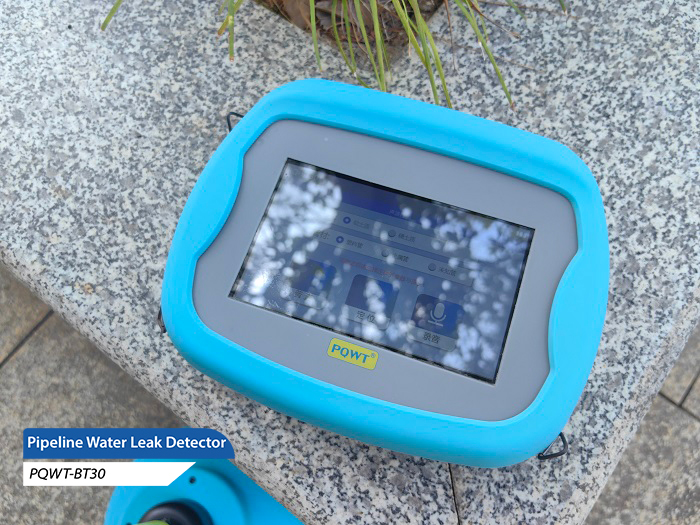The leakage of water pipes in the bathroom walls is a common and difficult problem, which not only affects the living environment but may also cause long-term damage to the building structure. It is crucial to promptly detect and properly repair water leakage issues. This article will provide a detailed introduction on how A、 Detecting signs of water leakage

Firstly, it is necessary to carefully observe the surface of the bathroom walls, floors, ceilings, and other areas to look for the following signs of water leakage:
1. Moisture and water stains: The wall surface appears damp, water stains, or bubbling.
2. Mold: Prolonged exposure to moisture can cause walls to mold, resulting in black or green mold spots.
3. Color change: Wall coatings or tiles may change color due to prolonged exposure to moisture.
4. Sound: In a quiet environment, you can hear the subtle sound of water flow or dripping inside the wall.
B、 Detecting leakage points
If the above signs of water leakage are observed, the next step is to accurately locate the leakage point. Here are several commonly used detection methods:
1. stethoscope detection: Use a professional pipeline leak detector or a simple metal rod to approach the wall and listen carefully for any sound of water flow or dripping. There is usually a noticeable hissing or ticking sound at the leakage point.
2. Infrared thermal imager detection: Infrared thermal imagers can detect temperature changes on walls. Due to the low temperature of the water, the leaking area can cause a decrease in wall temperature, which is displayed as an abnormal temperature area in the image of the thermal imager.
3. Humidity meter detection: Use a humidity meter to measure the humidity of the wall. If the humidity is higher than the normal range, it may be due to water leakage from the wall's pipes.
4. Wall removal inspection: If the above methods cannot determine the location of the water leakage, it may be necessary to remove part of the wall to directly inspect the water pipes. This method is relatively direct, but it may cause some damage to the wall and requires careful operation.
5. Professional equipment testing: such as sound wave detectors, gas detectors, etc., these devices can more accurately locate the leakage point, but usually require professional personnel to operate.
C、 Repair water leakage issues
Once the leakage point is identified, corresponding repairs can be carried out. The repair method depends on the location and cause of the leakage point:
1. Replace the connector: If there is water leakage at the water pipe connector, you can purchase a connector of the same model for replacement. When replacing, it is necessary to ensure good sealing at the joint, which can be sealed with raw tape or waterproof adhesive.
2. Repair damaged pipelines: If the pipeline itself is damaged, it needs to be repaired according to the degree of damage. Minor damage can be repaired using waterproof tape or PVC adhesive; If it is severely damaged, the entire pipeline needs to be replaced.
3. Waterproof treatment: After the repair is completed, waterproof treatment should be carried out around the leaking pipeline to prevent further leakage. After waterproofing is completed, the excavated wall needs to be repaired to restore its original appearance.
4. Pressure test: After the repair is completed, it is recommended to conduct a pressure test to check the repair effect. By pressurizing the water supply pipe and observing the pressure changes, the success of the repair can be determined.
D、 Precautions
1. Turn off the water source: Before conducting testing and maintenance, be sure to close the water supply valves related to the leaking area to stop the water flow.
2. Safe operation: When dismantling walls or carrying out other maintenance operations, attention should be paid to personal safety and protective equipment should be worn.
3. Professional operation: If you have no experience or skills in detecting and repairing the water pipes inside the bathroom walls, it is recommended to consult a professional plumbing worker for operation. They possess professional knowledge and tools to more accurately locate and repair water leakage issues, and ensure safety during the repair process.
In summary, the detection and repair of water pipe leaks in bathroom walls require careful observation and professional operation. By promptly identifying and properly repairing water leakage issues, the living environment can be effectively protected and the lifespan of the house can be extended.








